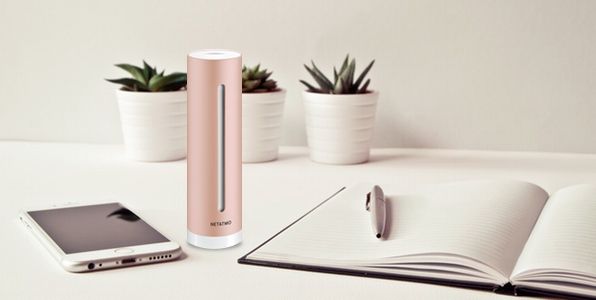What to look for in an Indoor Air Quality Monitor
What Is an IAQ Monitor?
Monitoring indoor air quality is important for comfort and health reasons, both at home and in the workplace. People spend over 90% of their time indoors, repeatedly breathing the same recycled air, so keeping that air as clean as possible is in everyone’s best interest. Pollutants like carbon dioxide, carbon monoxide, nitrogen oxides, and more can negatively impact the quality of indoor air and even lead to disease when not properly managed.
One way to keep tabs on the quality of the indoor air in your home or workplace is by installing an indoor air quality, or IAQ, monitor.
IAQ monitors are consumer-friendly devices manufactured by a variety of brands, and typically cost between $150 and $250. They are usually easy to set up and can be freely moved around the home or workplace to monitor air quality. Base models of IAQ monitors measure two things:
- PM2.5, which refers to particulate matter 2.5 microns and below. These are pieces of matter small enough to inhale and pass through our lungs to the bloodstream.
- VOCs, or volatile organic compounds. These are usually chemicals that you can smell, like cleaning products.
Some IAQ monitors provide additional reporting on items like temperature and humidity, carbon monoxide levels, carbon dioxide levels, and more. The more sensitive the sensors, the higher the price of the IAQ monitor.
The idea is that owners of IAQ monitors can use the information they receive to make adjustments in their homes or workplaces to improve indoor air quality. Pairing an indoor air quality monitor with an efficient air conditioning unit and filters that are regularly changed can vastly improve the quality of the air in confined spaces.
Who Needs an IAQ Monitor?
Anyone can benefit from monitoring air quality indoors, but people who suffer from asthma and allergies are especially good candidates for these products. The readings on an IAQ monitor can better inform what items you keep inside the home or workplace – from furniture to carpet to paint on the walls.
What Are Some of the Top-Rated IAQ Monitors?
So which IAQ monitor should you buy? Of course, preference for what is measured will lead the decision, but which units receive the highest ratings? We expect units will improve over time but for now, here are some top picks in the marketplace:
- Dylos: The “pro” version of this unit implements a laser particle sensor that measures down to PM 0.5 — particulates that small are presumed culprits for issues like illness and disease.
- Foobot: With an array of sensor and calibration features, Foobot has a lot of options that other IAQ units do not yet offer. This is a good pick for anyone who wants variety within readings. A mobile app pairs with the monitor, and users can set alerts when pollutants and other irritants spike indoors.
- NetAtMo: This weather station offers outdoor and indoor units in the same device. Carbon dioxide monitoring is a feature of the indoor mode, while outdoor mode items include temperature and humidity. This unit also offers a mobile app and designated website where users can monitor air pollutants and see a timeline for comparison.
Using an IAQ monitor is just the first step in improving overall air quality. Once quality is determined, it’s up to you to identify what needs to be done in order to improve and maintain air quality — the first step is typically to make sure you’re using a properly maintained, energy-efficient HVAC system.
Used in conjunction with the right HVAC system, air quality monitors can be a smart addition to your home. For questions about indoor air quality, air quality monitors, or HVAC systems, reach out to the professionals at Bob Jenson today.


